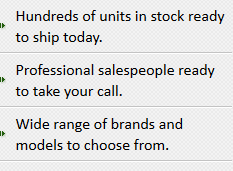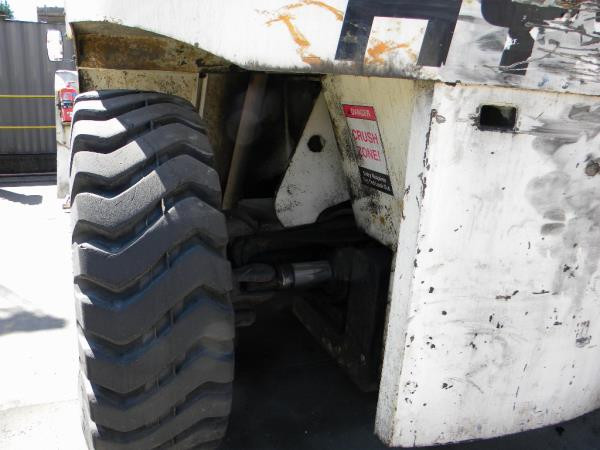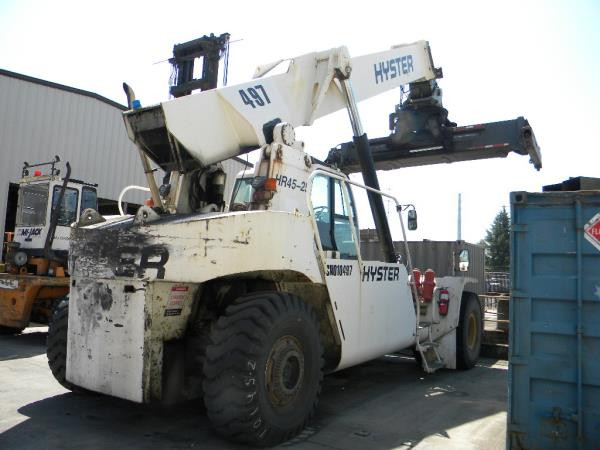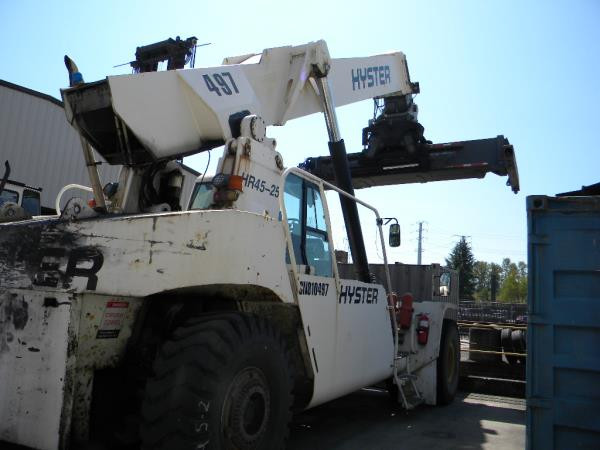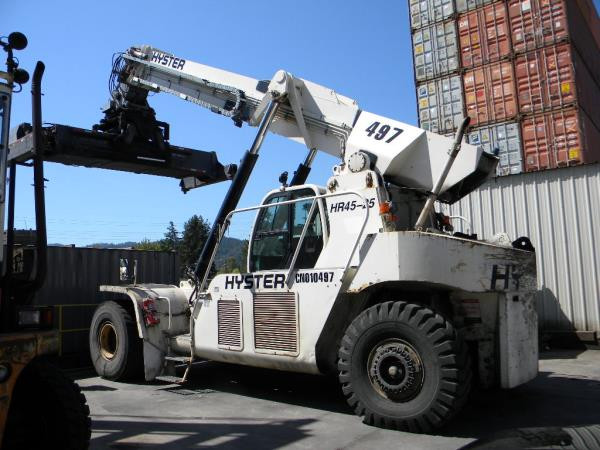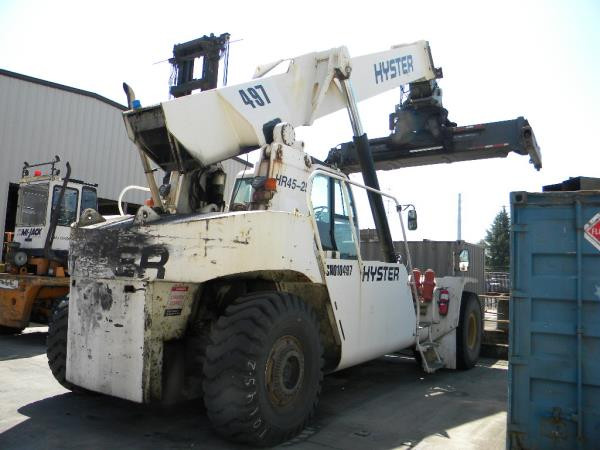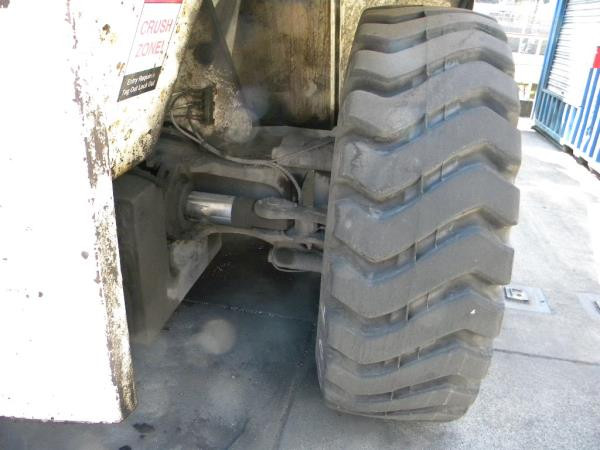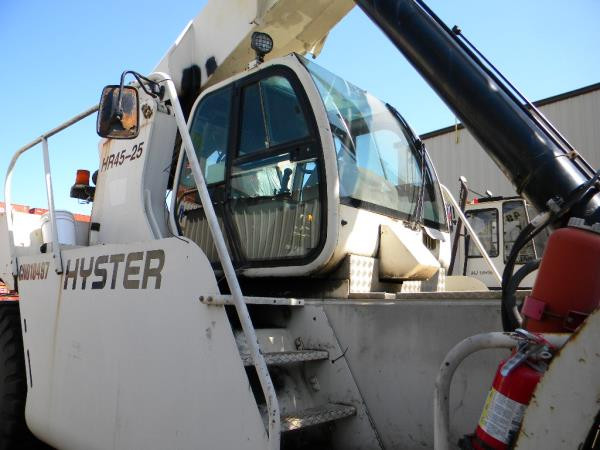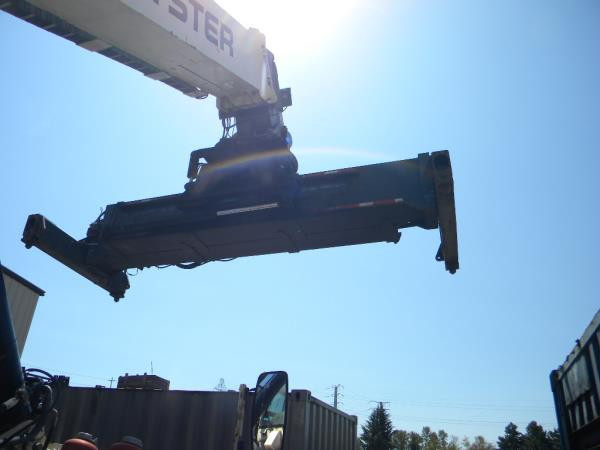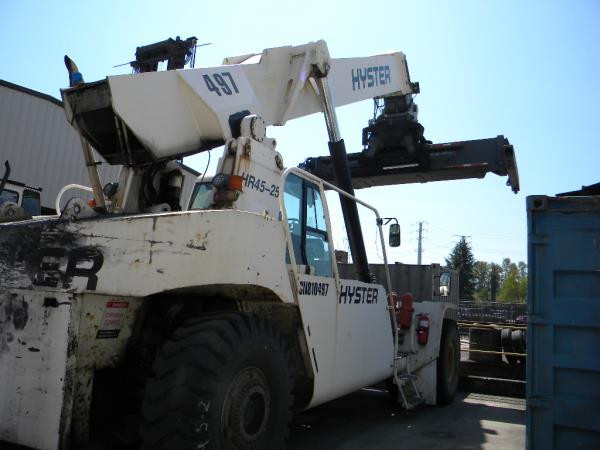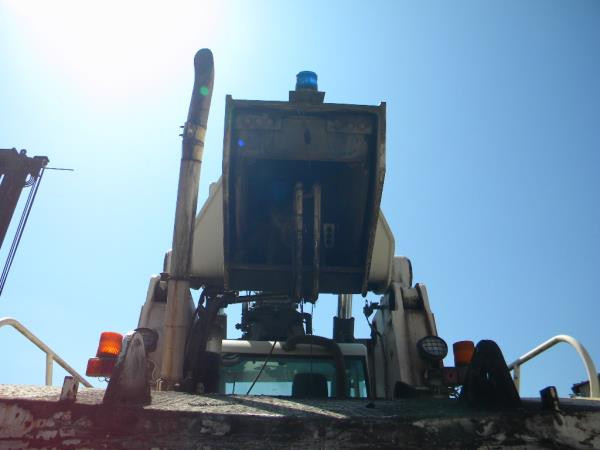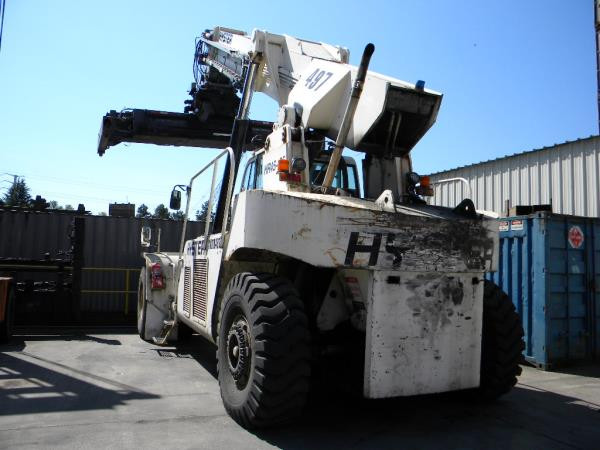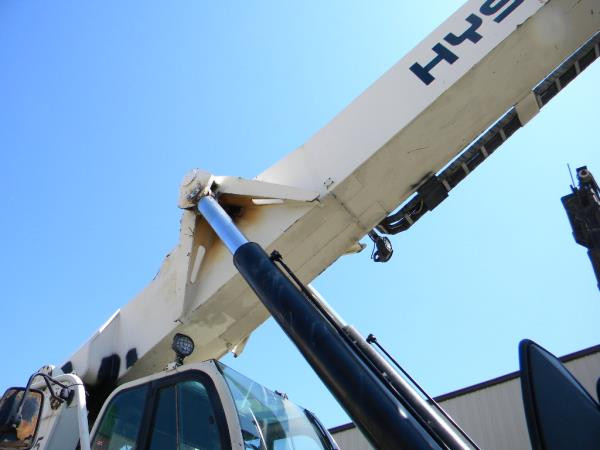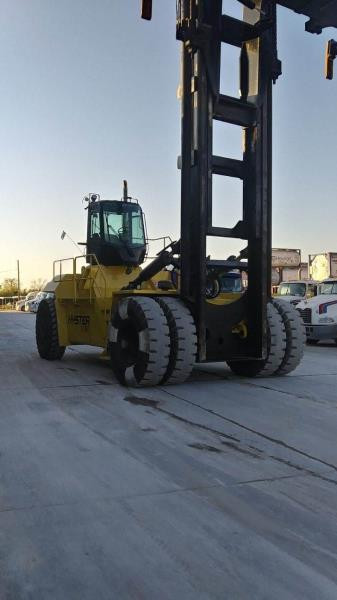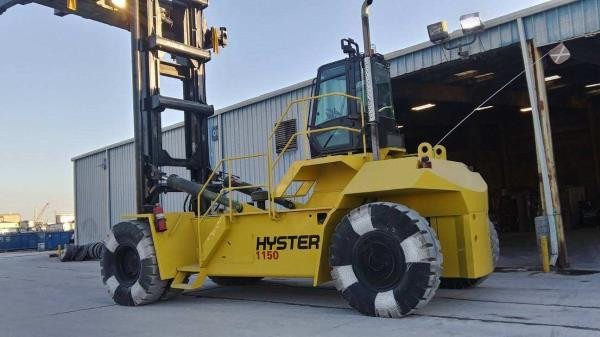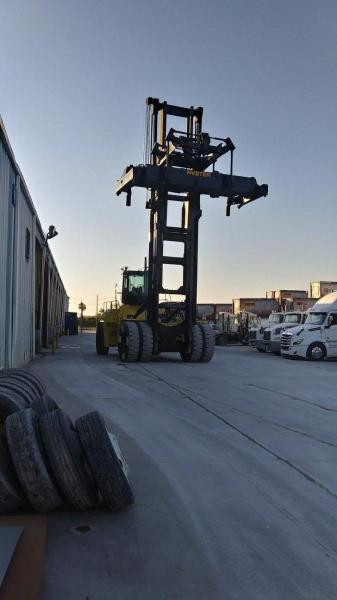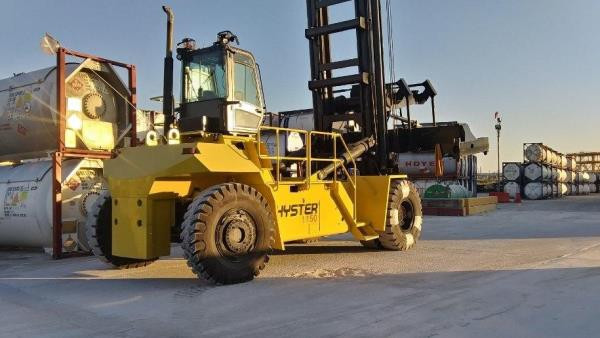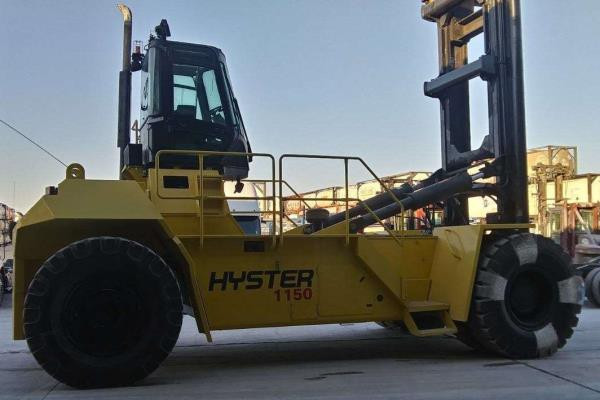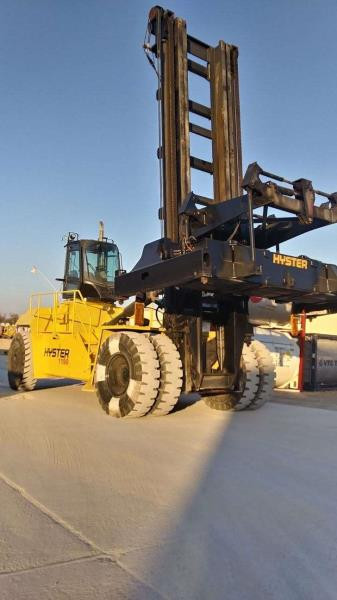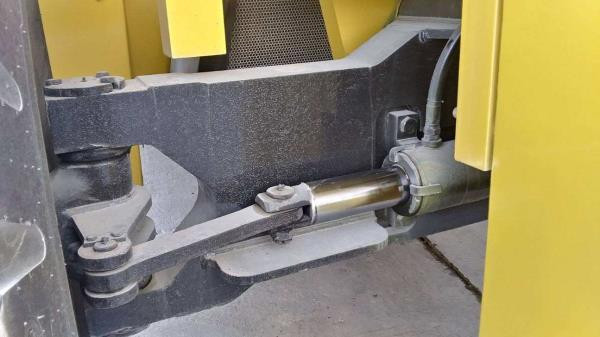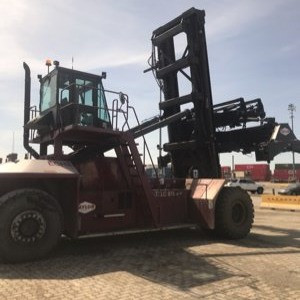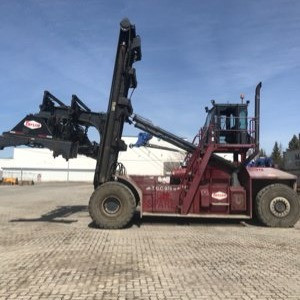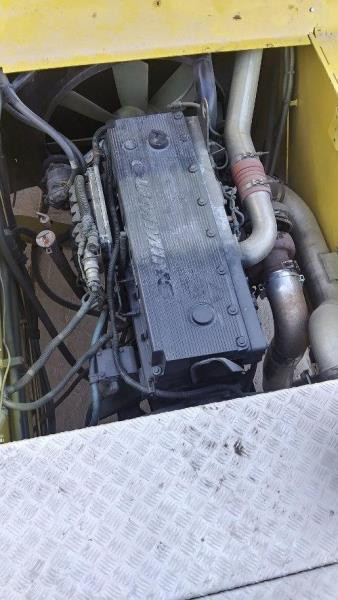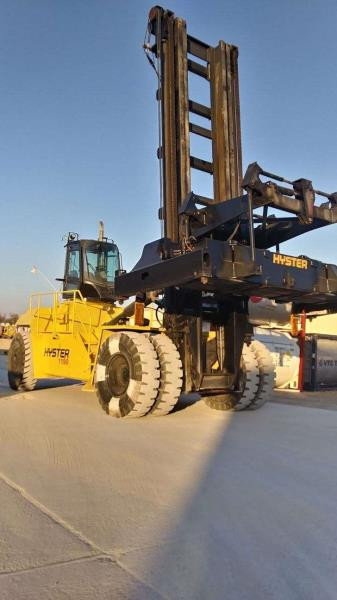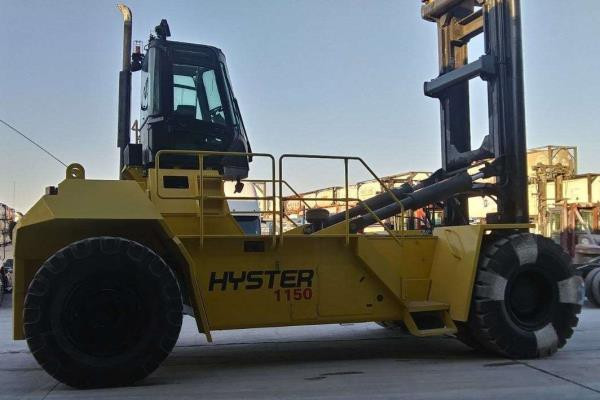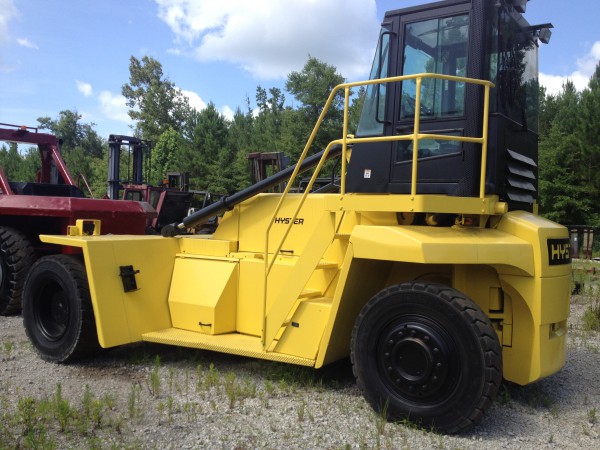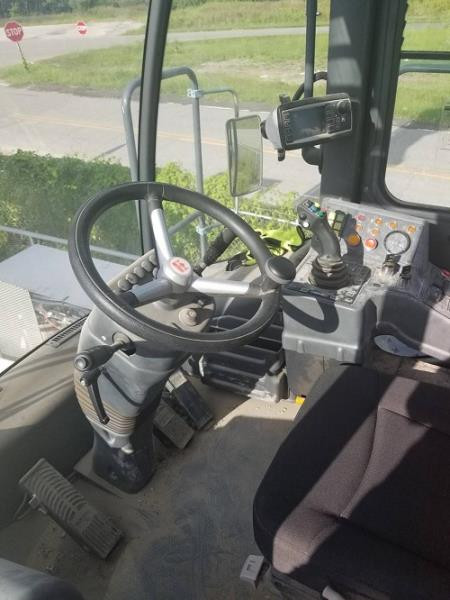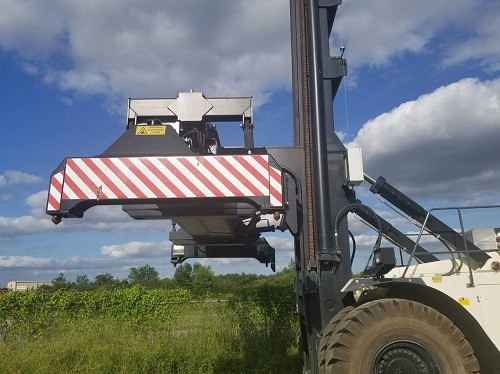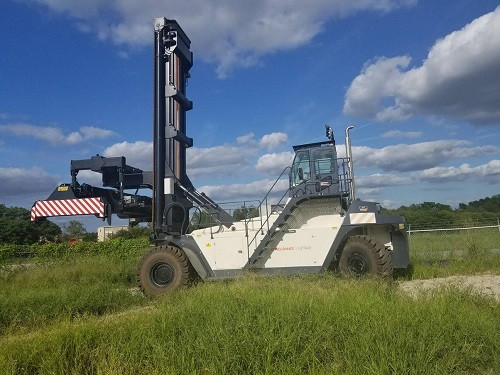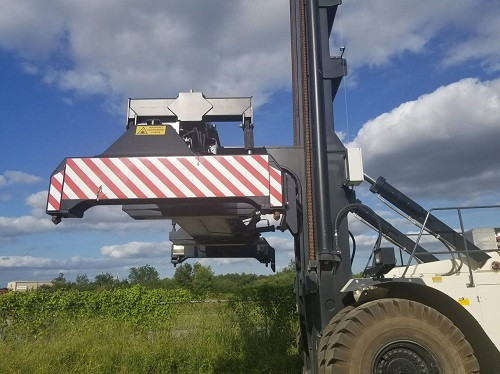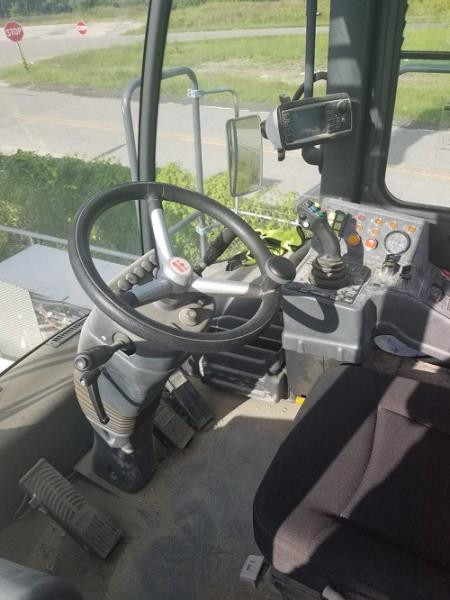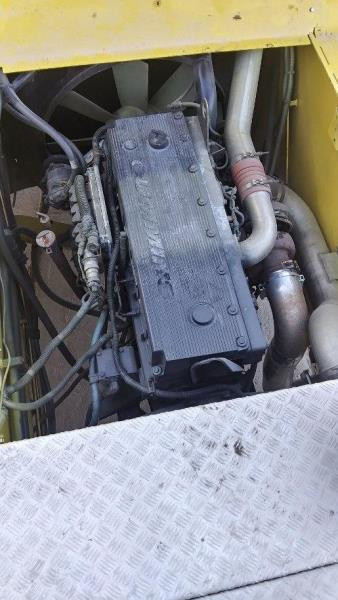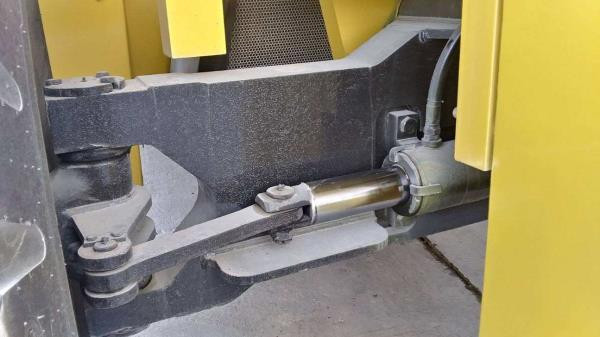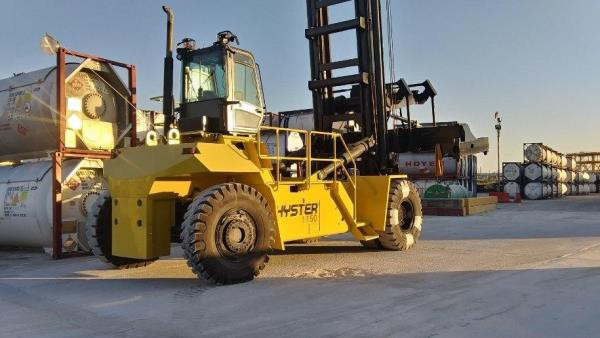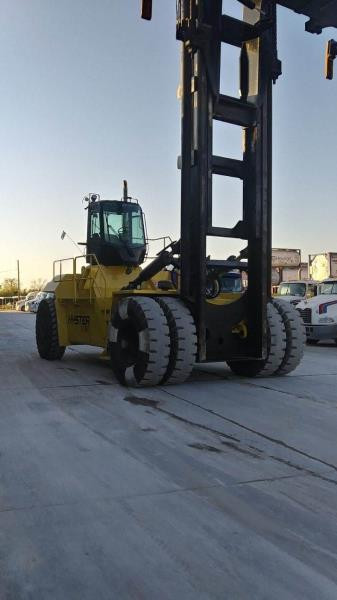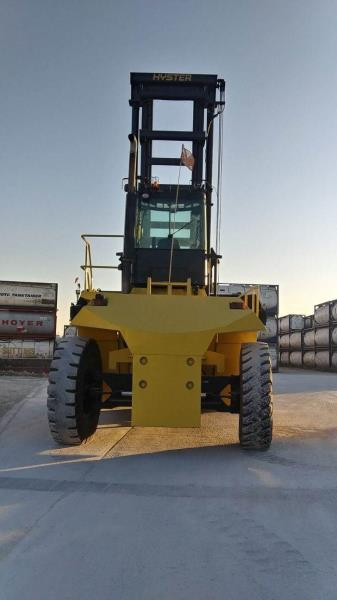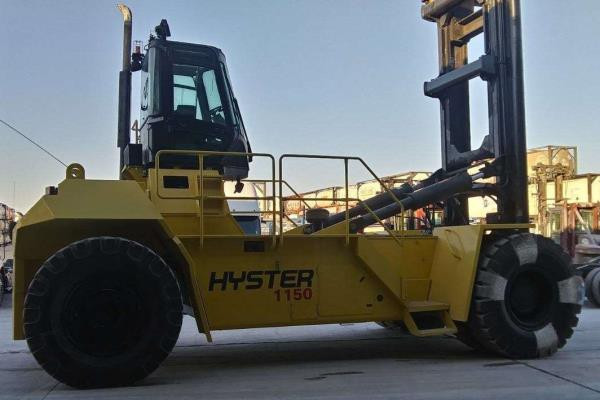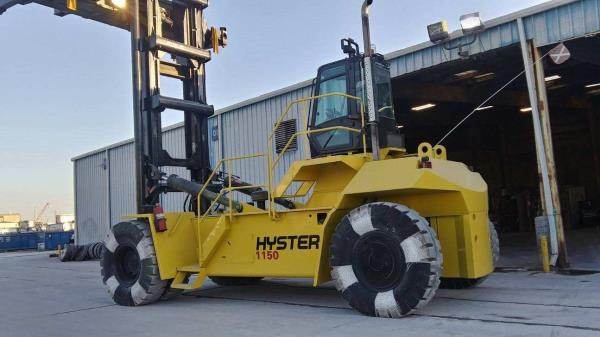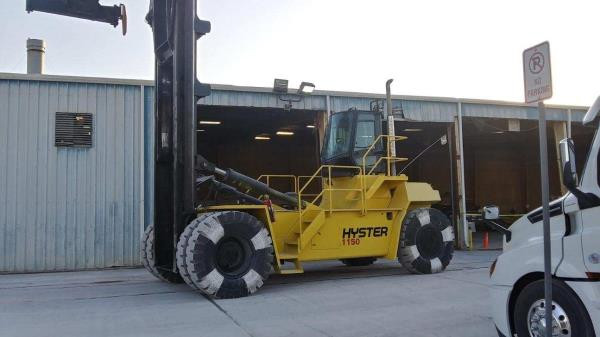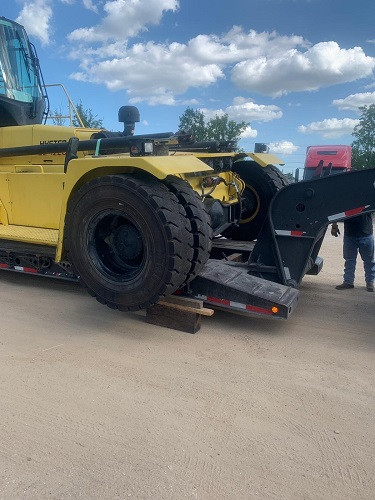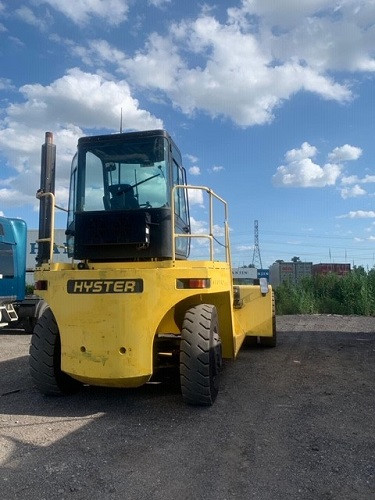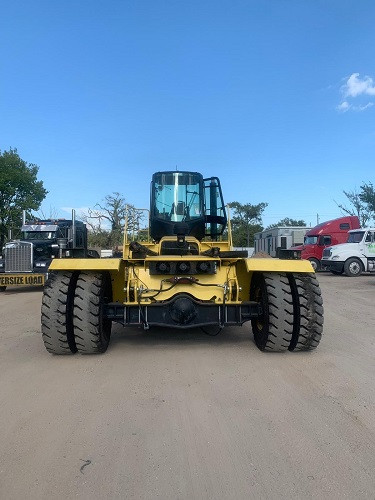Container Handler Virginia
Used Container Handler Virginia - Container handlers, also known as cargo ships and container ships transport their load in a large intermodal container. This type of shipping is called containerization and it is a specific kind of freight transport that carries non-bulk types of seagoing cargo. Container ship capacity is measured in units that are equal to 20’ equivalent loads. Most loads are a mix of 20’ and 40’ containers. Approximately ninety percent of non-bulk cargo across the globe is transported by container ships. Container handlers are one of the biggest vessels sailing and are the main rival for oil tankers on the ocean.
Dry cargo is categorized into two main types: break-bulk cargo and bulk cargo. Coal and grain are considered to be bulk cargo items. They are typically transported in their raw form within the hull of the ship, free from packages in immense volume. Break-bulk cargo typically is made up of manufactured items that are shipped in packaging. Before containerization was invented in the 50s, break-bulk items were loaded, secured and unlashed one item at a time. Once cargo began being grouped into containers, between 1000 to 3000 cubic feet of cargo can be moved simultaneously after each container has been secured with standardization. Break-bulk cargo shipping has greatly increased overall efficiency. It is estimated that shipping time has been reduced by eighty-four percent and costs have been reduced by approximately thirty-five percent. In 2001, over ninety percent of non-bulk materials were recorded as being transported in containers.
The initial container ships in the 1940s were designed from tankers that were converted post-WWII. Cargo ships do not use individual dividers, holds or hatches that are a part of traditional container ships. Essentially the container ship’s hull is similar to a huge warehouse that uses vertical guide rails to divide it into cells. These cells have been designed to transport the cargo in containers. Most cargo ships are designed from steel but additional materials such as plywood, fiberglass and wood are used. Designed to be completely transferred to and from trains, semi-trailers, trucks, coastal carriers and more, there is a variety of container types that are categorized by their function and size.
Even though the shipping industry has been transformed by containerization, it took some time to streamline the process. Initially, ports, railway companies and shippers were concerned regarding the extensive costs that came with constructing infrastructure, ports and railways required to accommodate the cargo ships and transporting items with rail and roads. There was skepticism regarding potential dock and port worker job loss when containerization was announced for fear that numerous manual jobs would disappear. After roughly 10 years of legal battles, container ships initiated international service. In 1966, a container liner service from Rotterdam to the US began and this transformed global shipping.
Initially, it took days to unload and load traditional cargo vessels. Container ships have transformed timelines by only requiring a few hours for loading and unloading. Shipping times have been shortened in between ports extensively along with labor finances. It only takes 3 weeks to have materials delivered from Europe to India as opposed to the months it used to require. Generally, there is less damage to materials thanks to less frequent handling. Securing loads properly also helps with less cargo shifting during transport. Before shipping, containers are closed and only opened after they arrive at their new location to prevent theft and damage.
Container ships have reduced shipping time and lessened shipping expenses, resulting in enhanced international trade growth. Cargo that was previously shipped in bags, bales, cartons, barrels or crates now arrives in sealed containers from the factory. Scanning machines work with computers to trace the product code on the contents. Technology has made this tracking system accurate and exact to enable a two week voyage to be timed for arrival within an accuracy rate of under fifteen minutes. This time management has helped with manufacturing times and guaranteeing delivery. Raw materials show up in sealed containers from factories in under an hour prior to being used in the manufacturing industry; resulting in fewer inventory expenses and greater accuracy.
Boxes are provided by shipping companies to the exporters to facilitate loading merchandise. Materials are delivered by rail or docks or a combination of both and then loaded into container handlers. Before containerization, it would take large groups of men and many hours fitting cargo items into different holds. The ship relies on cranes either on the pier or installed on board to organize the containers accurately. Once the hull has been completely loaded, more containers can be secured onto the deck.
Efficiency has been one of the main design elements for cargo ships. Break-bulk ships may carry containers. Designated cargo hold on container shops have been built to increase efficiency during loading and unloading to ensure safe travel. There is a sophisticated hatch design to allow openings from the main deck to reach the cargo hold locations. These openings are situated along the entire cargo hold breadth, surrounded by a raised steel structure called the hatch coaming. The hatch coamings have hatch covers located on them. Wooden boards and tarps initially covered the hatches and held the battens secure until the 50s. Nowadays, solid metal plates comprise the hatch covers and cranes lift them onboard and off of the ship. Additional hatch models use hydraulic rams and articulated mechanisms for closing and opening.
Cell guides are another main component within container ship design. These vertical structures are made of strong metal that is attached to the cargo hold on the ship. They work by guiding containers into particular rows while loading and help to support items during travel. The container ship design relies on cell guides so much that organizations as the United Nations Conference on Trade and Development use them to differentiate between regular break-bulk cargo ships and container ships.
There are three dimensions used in cargo plans to determine the position of the container on board the ship. The bay is the first coordinate, starting at the front of the container ship and increases aft. The tier is the second coordinate, with the initial tier staring at the bottom of the cargo holds with the second, tier situated on top of the first and continuing on. Next, the third row forms the third coordinate. Rows situated on the starboard side feature odd numbers and rows situated on the port side showcase even numbers. The cargo situated near the centerline showcases lower numbers and as the cargo increases further from the center, the numbers get higher.
Container handlers carry 20, 40 and 45 foot containers. The largest size fits only above deck while the 40 foot size makes up for the majority of the load or approximately ninety percent of the container shipping. Roughly 90% of the freight in the world is delivered via container shipping. Approximately eighty-percent of global freight is shipped via forty-foot containers.
Container Handler PDF
Stock Number: 268327 GL
Make: Hyster
Model: HR45-25
Year: 2003
| Stock Number |
268327 GL |
| Make |
Hyster |
| Model |
HR45-25 |
| Year |
2003 |
| Category |
Container Handler |
Stock Number: EQU016115 GL
Make: HYSTER
Model: H1150HD-CH
Year: 2006
| Stock Number |
EQU016115 GL |
| Make |
HYSTER |
| Model |
H1150HD-CH |
| Year |
2006 |
| Category |
Container Handler |
Stock Number: 207186 GL
Make: TAYLOR
Model: TXLC-974
Year: 2013
| Stock Number |
207186 GL |
| Make |
TAYLOR |
| Model |
TXLC-974 |
| Year |
2013 |
| Category |
Container Handler |
Stock Number: EQU016116 GL
Make: HYSTER
Model: H1150HD-CH
Year: 2006
| Stock Number |
EQU016116 GL |
| Make |
HYSTER |
| Model |
H1150HD-CH |
| Year |
2006 |
| Category |
Container Handler |
Stock Number: 268847 GL
Make: Hyster
Model: H450H-ECH
Year: 1999
| Stock Number |
268847 GL |
| Make |
Hyster |
| Model |
H450H-ECH |
| Year |
1999 |
| Category |
Container Handler |
Stock Number: EQU015877 GL
Make: TEREX
Model: FDC500G5
Year: 2017
| Stock Number |
EQU015877 GL |
| Make |
TEREX |
| Model |
FDC500G5 |
| Year |
2017 |
| Category |
Container Handler |
Stock Number: EQU016114 GL
Make: HYSTER
Model: H1150HD-CH
Year: 2006
| Stock Number |
EQU016114 GL |
| Make |
HYSTER |
| Model |
H1150HD-CH |
| Year |
2006 |
| Category |
Container Handler |
Stock Number: EQU010819 GL
Make: Hyster
Model: H450H-ECH
Year: 2012
| Stock Number |
EQU010819 GL |
| Make |
Hyster |
| Model |
H450H-ECH |
| Year |
2012 |
| Category |
Container Handler |
